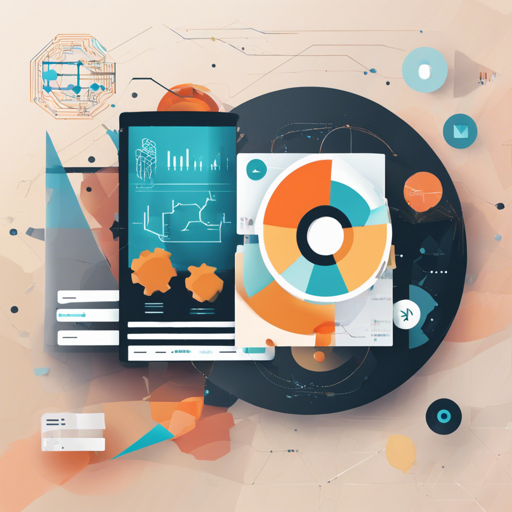Apache Calcite’s Avatica is an amazing framework designed to help developers create database drivers. It’s a powerful tool under the Apache umbrella that makes data handling seamless. In this article, we’ll explore how to get started with Avatica, troubleshoot common issues, and leverage its features effectively.
What is Avatica?
Avatica serves as a bridge, linking applications to various databases using a unified interface. Imagine buying ingredients for a recipe: wouldn’t it be easier if you had just one cart to gather everything instead of visiting multiple aisles separately? Avatica does just that for database connectivity, organizing access to databases through a single service that simplifies complex interactions.
Getting Started with Avatica
To kick off your journey with Avatica, follow these steps:
- Visit the home page to access documentation and resources.
- Download the latest version from the history page.
- Integrate Avatica into your project using your preferred build tool (e.g., Maven or Gradle).
- Familiarize yourself with Avatica’s API to understand how to create and utilize database connections.
Using Avatica – A Quick Code Example
Imagine you’re setting up Avatica just like assembling a piece of furniture. You need to gather the right components and follow the instructions meticulously.
public class MyDriver extends Driver {
public static void main(String[] args) {
// Setup JDBC properties
Properties props = new Properties();
props.setProperty("user", "yourUsername");
props.setProperty("password", "yourPassword");
// Establish connection
Connection conn = DriverManager.getConnection("jdbc:avatica:remote:url=http://your.api/endpoint", props);
// Execute a query
Statement stmt = conn.createStatement();
ResultSet rs = stmt.executeQuery("SELECT * FROM yourTable");
// Process results
while (rs.next()) {
System.out.println(rs.getString(1));
}
}
}
In this example, think of the connection string as the address for your new furniture. You need to point to the right location to get started with the setup. It allows you to establish a connection with your database and retrieve data—the key to making your application tick.
Troubleshooting Common Issues
As with any software project, you may encounter some hiccups along the way. Here are some troubleshooting tips:
- **Problem:** Cannot connect to the database. **Solution:** Double-check your connection string and ensure the database server is running. Ensure that your credentials are correct.
- **Problem:** Receiving errors when executing queries. **Solution:** Verify that the SQL syntax is valid and compatible with the data structure in your database.
- **Problem:** Dependencies not resolving. **Solution:** Make sure that you have added the correct package references in your build configuration (Maven/Gradle).
For more insights, updates, or to collaborate on AI development projects, stay connected with fxis.ai.
Additional Resources
For those looking to dive deeper and understand more about issue tracking and contributing to the project:
- Visit the JIRA page for issue tracking.
- Refer to the JIRA accounts guide for assistance with setting up your account.
Conclusion
Avatica is a robust framework that opens up endless possibilities for data integration in your applications. By leveraging Avatica, you can streamline database connections, ensuring smoother and more efficient data handling.
At fxis.ai, we believe that such advancements are crucial for the future of AI, as they enable more comprehensive and effective solutions. Our team is continually exploring new methodologies to push the envelope in artificial intelligence, ensuring that our clients benefit from the latest technological innovations.

